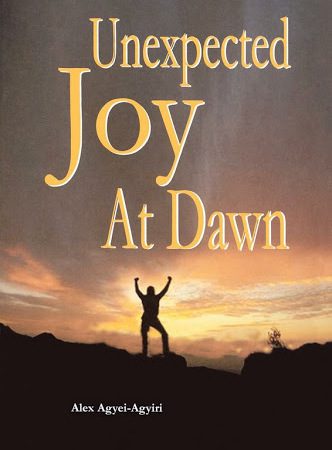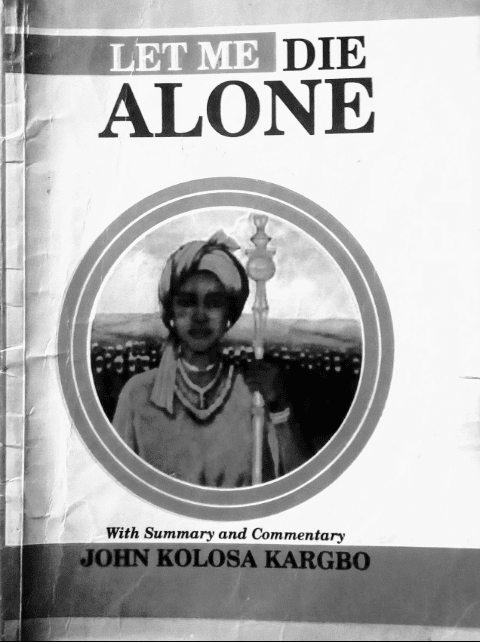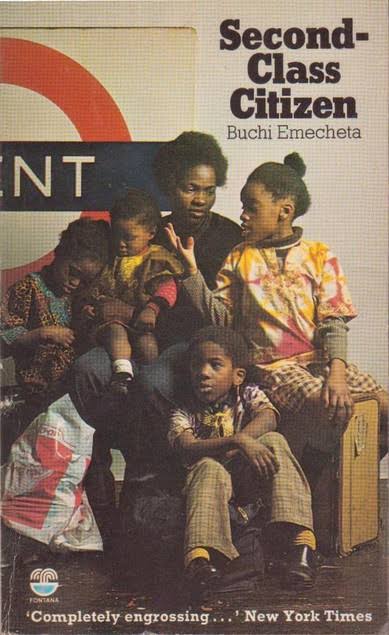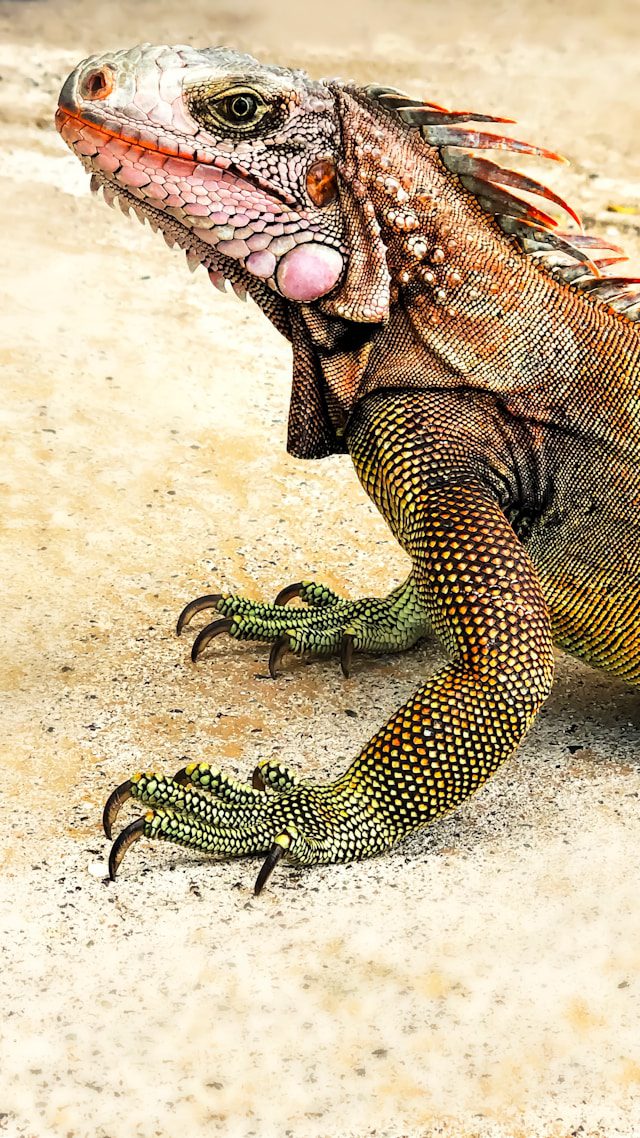How does the poem ‘Bat‘ relate to the twentieth century?
The underlying figurative implication of the poet expression and description of the bird, ‘bat’, strikes the reader as a discourse with a contemptuous note.
That is, the sudden ‘shift’ from admiration to disgust in relating the nature as well as that sharp contrast undermined some foregoing issue as it were in a society. On a closer scrutiny, on the poet’s society, which apparently informs the background.
It is worthy of note to ponder the significance of the atmosphere the poem depicts as an appreciation of nature first and the relevance of the time of the day.
The poet persona is portrayed as taking a rest from the laborious preoccupation of the day, observing and of course, enjoying the sights — the crepuscular ambience at that time.
He notices the neighbouring cities are also overcome with that beauty. And ultimately, the natural appeal of swallows in flight.
From this description, it could be deduced that the poet sharply reinstates the preoccupation of the 19th century with romanticist ideas and vigor, both for the continent, Europe, and majority of the Aborigines.
Furthermore, the time of the day implies the end or near end of that century from which the poet persona is inspired to grapple with the individualistic realisation that follows.
While that lasts, he suddenly finds that the swallows that have earlier on attracted his admiration have metamorphosed into Bats!
The poet persona cannot contain his shock. He vocalises this to an imaginary audience and explodes in casting aspersion on the subjects.
He is continually on the sudden change metaphorically dubbed ‘Bats’ while portraying to the reader a far reacting description which is transcendental of Europe, addressing the new world in general which at a wavering instance. . . . gave way to bats’.
It is here important to examine the use of symbolism and contrast. The bird ‘bat’ symbolises death and rebirth. Swallows which have been contrasted with it will deductively symbolise existence common acceptance.
Thus, in relation to the temporal and spatial setting of the poet, the poem is an individual’s personal criticism of the world, narrowed down to his vituperation on Europe’s wild and mindless welcoming of the 20th century.
The fundamental basis of this criticism is the poet’s foresight of the unnerving fiefdom that industrialisation among other realities of the transformation was going to foment on the wider world, Europe being its starting point.
In other words, the relation of the poem to the 20th century is D.H. Lawrence’s resignation on the new ideas the world welcomed, industrialisation that is, as well as other social economic transformations, the effect of which the world has been reaping—a fine example of the first and second world wars that came as the proof of Man’s wild knowledge to invent machines and lethal weapons.
Finally, it is also a predominant issue in the poem that the 20th century either was overbearing with change or allowed itself to be torn apart. True change is inevitable but the poet’s concern is how the 20th century was going to remedy the effect of alienation from a just sense of the world’s order. Now, the world may reason the absence of that order elongated by alienation and warped understanding of a watertight continent and world.
Further Reading:
- A Brief Overview of D. H. Lawrence’s BAT
- Content Analysis of D. H. Lawrence’s BAT
- Figures of Speech in D. H. Lawrence’s BAT
 WHATSAPP: Click HERE to join the new Literature PADI WhatsApp group to receive latest updates on your phone and for further literary discussions!
WHATSAPP: Click HERE to join the new Literature PADI WhatsApp group to receive latest updates on your phone and for further literary discussions!











I love the way you attend
Comments are closed.